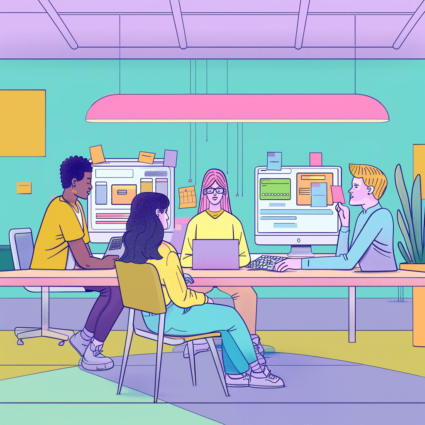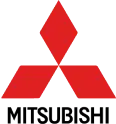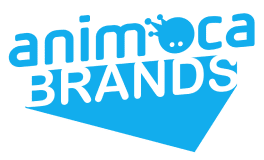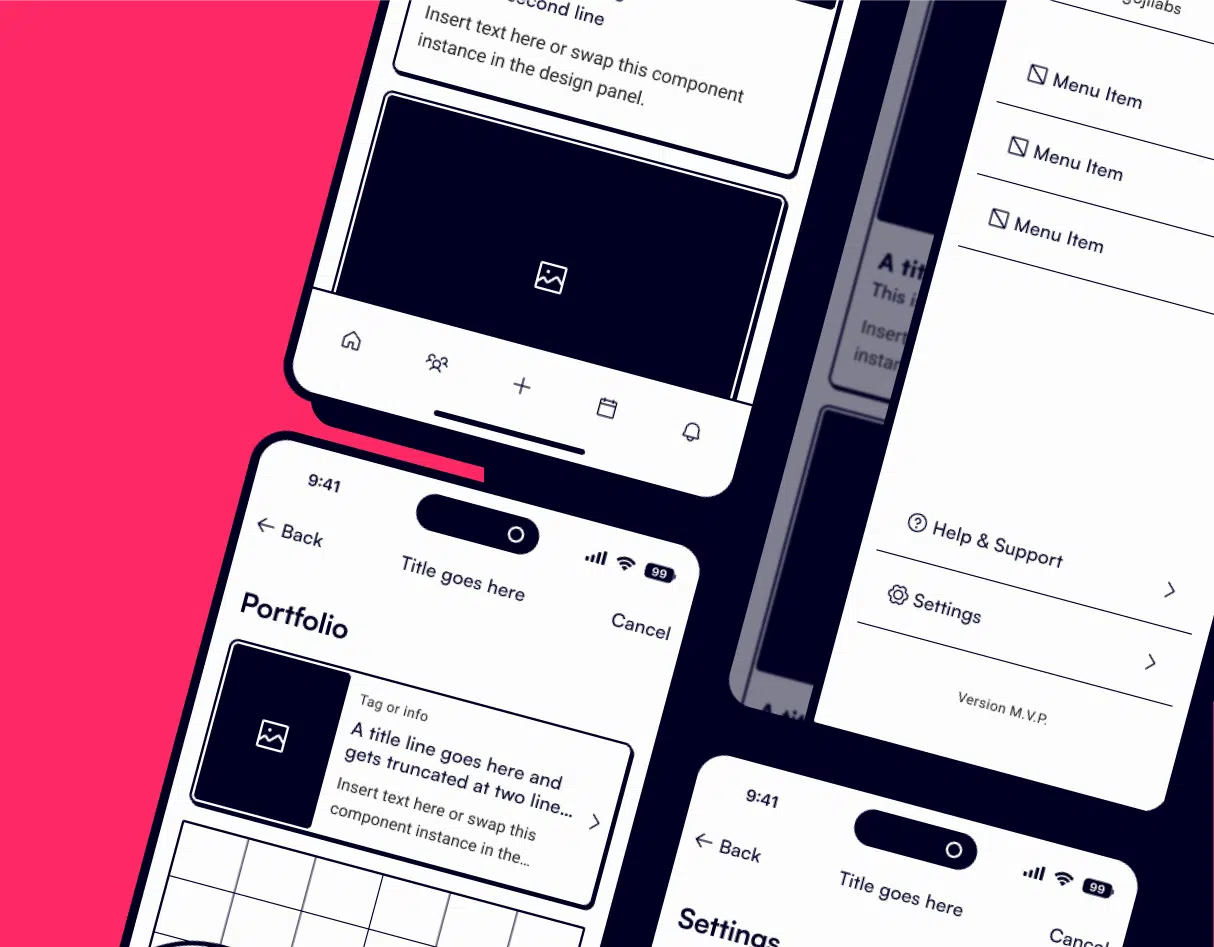So, what is UX/UI Design?
UX/UI Design is designing the user experience and user interface. Or, basically, designing your user’s journey throughout their entire use of your app or website.
Common elements of UX/UI design include designing the navigation, information architecture, workflow, and heuristics of your product. This should all be done as you’re making sure all of these elements abide by consistent and relatable branding that encompasses a look and feel that’s tailored to your users.
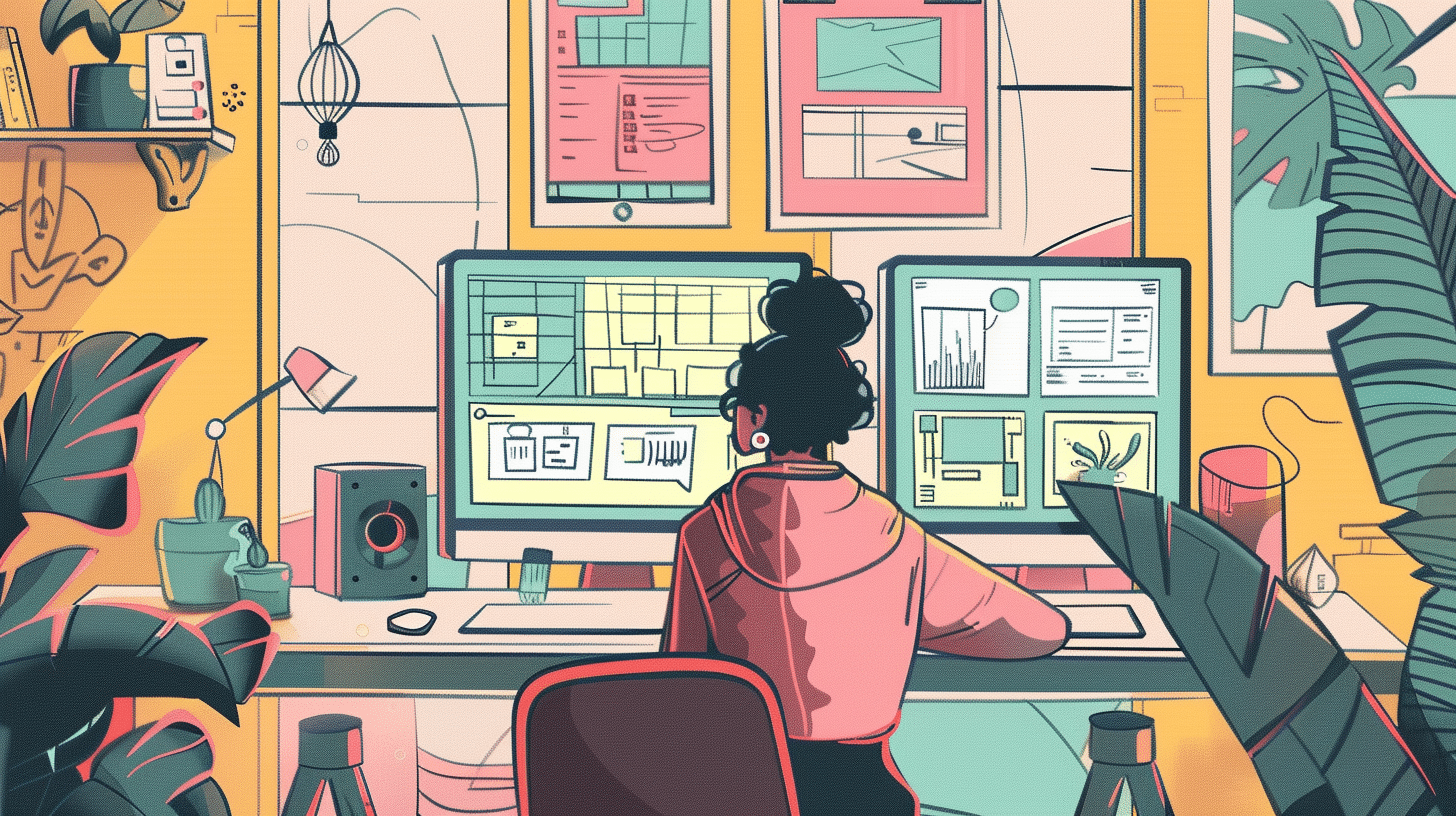
UX vs. UI Design
While people use UX and UI interchangeably, there is a difference between the two. Let’s go through it:
UX design encompasses the overall, emotional experience your users have with your app or website—from usability, navigation, and workflow, to aesthetics and even customer service. Your goal is to make your app as easy-to-use and seamless and possible, to deliver your solution in the most tailored and effective way possible.
Whereas, UI design is a facet of your UX—which is why the two are so often confused. However, UI is an important, standalone element of your app in itself. UI entails the way color schemes and typography guide usability; how branding and aesthetics attract your users; and how buttons, images, text entry fields, and animations enhance the user journey (and conversion.)
Our Deliverables

UX Docs
Which visually represent the product’s structure and user’s navigational path through the application with site maps, user flows, and workflows.

Wireframes
Design wireframes are low-fidelity and high-fidelity guides used to express the layout and placement of elements in a digital interface.

Concept Designs
These are initial visual explorations of interfaces that will capture the fundamental ideas and aesthetics of a product and brand.

Design System
A comprehensive set of design standards, components, and docs, that guide the creation of consistent and efficient user interfaces across products.
What is the process behind UX/UI Design Services?
Our UX/UI design services generally follow a process that begins with understanding the problem we’re aiming to solve—both for our client and for their users—and then brainstorming user-centric designs that address both. Here’s a high-level outline of how we do it:
- Define the problem: Before we can move into any design, we need to understand why we’re doing it. This can only be done by clearly understanding the problem we’re trying to solve.
- Clearly define our users: We need to know for whom we’re solving the problem. The contextual things they might face in their day-to-day life can help us understand how to best make our product work for them. And although we discover these things in research, we need to clearly define them before we start building.
- Ideate: We utilize design practices like story mapping and sitemaps as the lowest fidelity versions of the product we’re building. These help us understand the complexity of the product and hash out important questions before we get into things like page layout and UI.
- Define the core feature set that will best solve the problem at hand: Once we understand the core functionality, we use user stories to hone in on what matters and cut the fluff distracting from the core experience.
- Low-fidelity wireframes: Once we understand the direction of the product and the general hierarchy, we start ideating what these actual pages look like. In this stage, we’re both trying to understand things like layout and what content goes where. However, this stage is also the next filter for complexity. Here, we can start to get a better understanding of all the content and subpages that will need to exist.
- High-fidelity wireframes/design system: At this stage, we put together all of the pieces in their full fidelity and complexity. We build out systems that make changes and hand-off to developers who can build out pages that can be utilized in usability tests.
What are the success metrics guiding UX/UI Design Services?
Success metrics are critical to measure the effectiveness of UX/UI design services, and they provide valuable insights into how well a design is performing. So, some common success metrics used to evaluate UX/UI design services include conversion rates, task success rates, Net Promoter Score (NPS), System Usability Scale (SUS), and Customer Satisfaction (CSAT).
For example, conversion rates measure the percentage of users who complete an action you want them to do—i.e., making a purchase or filling out a form. Task success rates, on the other hand, measure the percentage of users who successfully complete a task, such as finding information or completing a form.
NPS measures how likely customers are to recommend something (a product, service, etc.) to others. Then there’s SU—which measures the usability of a system, and CSAT, which measures customer satisfaction with a product or service. Decreases in churn, abandonment rates, and task completion time are also used to evaluate the effectiveness of UX/UI design services.
These metrics provide valuable insights into how well a design is working and help us identify areas where we can improve the user’s experience with your digital product.
So, in our UX/UI Design Services, we go for:
- Increases in: conversion, task success, Net Promoter Score (NPS), System Usability Scale (SUS), and Customer Satisfaction (CSAT)
- Decreases in: churn, abandonment, or task time.
UX/UI Design Best Practices
With so many years of offering UX/UI design services, we’ve developed our own set of design best practices—outside of the generally known guidelines. Here are some of them:
- Creating user stories at an early stage: We create user stories to better understand our users’ needs and design more user-friendly products.
- Mapping out the project complexity before jumping into it: We map out the project’s complexity to identify potential challenges early on and create a more effective design strategy.
- Constantly focusing on not only the design but the product goals: We believe that successful products are those that function flawlessly, meet the user’s needs, and achieve business objectives.
- Recognizing that design is just another stage in development and that we aren’t siloed from our development team: We collaborate closely with our development team to make sure our designs are feasible and can be implemented without any difficulty.
- Limiting scope and making what we hone in on matter: By limiting the scope of the project, we focus on the essential aspects of the design and avoid feature bloat, creating a more effective and efficient design.

